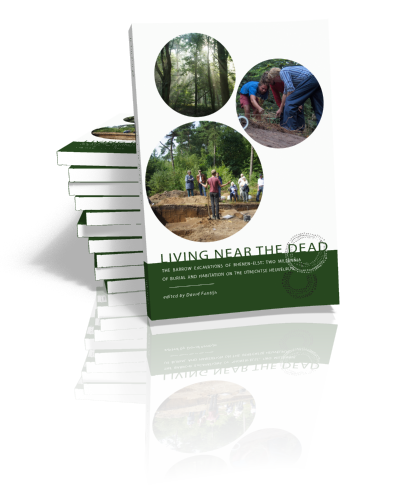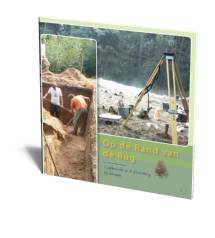
Living Near the Dead
The barrow excavations of Rhenen-Elst: Two millennia of burial and habitation on the Utrechtse Heuvelrug
David Fontijn (ed.) | 2010
Paperback ISBN: 9789088900556 | Imprint: Sidestone Press | Format: 210x297mm | 180 pp. | Excavation report, Leiden University, the Netherlands | Language: English | 45 illus. (bw) | 53 illus. (fc) | Keywords: prehistoric archaeology, barrows, excavation techniques | download cover
Read online or downloaded 1330 times
- Digital & Online access
-
Buy via Sidestone (EU & UK)
-
Buy via our Distributors (WORLD)
For non-EU or UK destinations you can buy our books via our international distributors. Although prices may vary this will ensure speedy delivery and reduction in shipping costs or import tax. But you can also order with us directly via the module above.
UK international distributor
USA international distributor
-
Browse all books by subject
Browse by subject
-
Search all books

We will plant a tree for each order containing a paperback or hardback book via OneTreePlanted.org.








